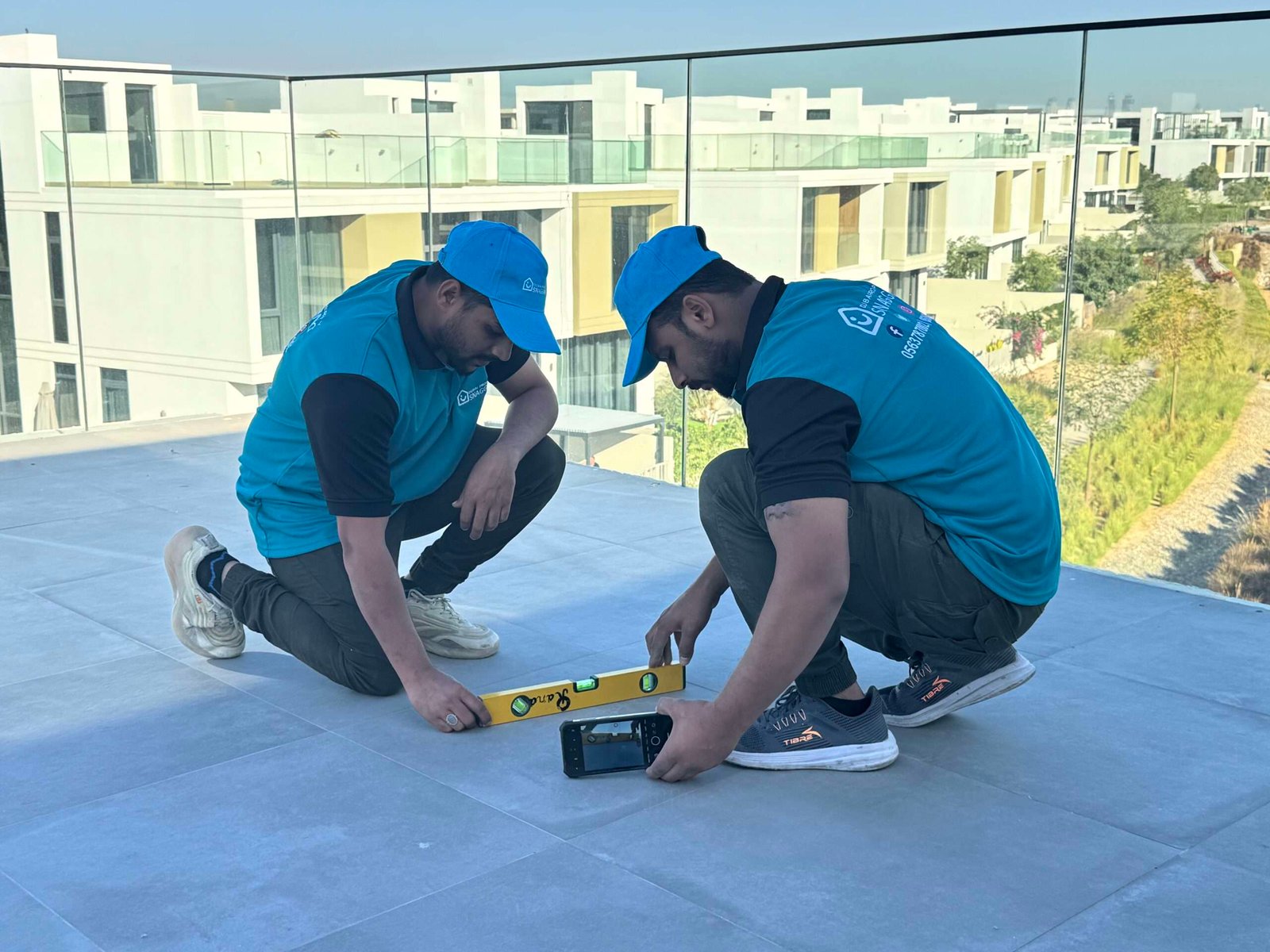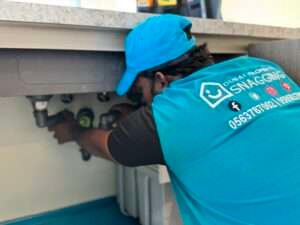Snag & Inspect: A Homeowner’s Guide to Defect Liability
When purchasing a new property or moving into a newly built home, it’s crucial to ensure that everything is in perfect condition. This process, known as property snagging, helps identify defects and issues that need to be fixed before you settle in. A critical aspect of snagging is understanding the defect liability period and how to manage repairs within that time. In this homeowner’s guide to defect liability, we’ll explain how to “Snag & Inspect” your property, manage defects, and ensure that your home meets the highest standards.
What is Snag & Inspect?
Snag & Inspect refers to the process of inspecting a newly built property for any defects or unfinished work. A snagging inspection is typically carried out before the handover of the property to the homeowner. The purpose of the snagging inspection is to identify issues ranging from minor cosmetic defects to more significant structural concerns, such as plumbing or electrical problems.
Once the inspection is completed, snagging engineers create a detailed snagging report that outlines the issues that need to be addressed. This report is essential for property owners, whether they’re buying new Dubai properties, homes in the secondary market, or commercial spaces, as it ensures that the property is safe, functional, and up to quality standards.
Why is Snag & Inspect Important?
Snag & Inspect is crucial because it helps protect homeowners, apartment owners, and real estate investors from unexpected repairs and defects. Whether you’re dealing with a newly constructed home or a pre-owned property, snagging ensures that the property is in good condition before moving in.
For homeowners, the snagging inspection serves as a quality assurance check, helping to identify potential property defects that could cause inconvenience or additional costs later. It is especially important to have this inspection before the handover inspection, as it ensures that any problems are dealt with before you assume responsibility for the property.
For real estate owners and investors, a snagging inspection helps safeguard the value of the property. Identifying and addressing issues early can prevent costly repairs in the future, making the property more attractive to future buyers or tenants.
When Should You Conduct a Snagging Inspection?
The best time to conduct a snagging inspection is before the handover of the property. This is typically after construction has been completed but before you move in or take possession of the property. For newly built Dubai properties, this inspection should be scheduled once the builder has completed the construction but before you finalize the purchase or sign off on the handover.
For properties in the secondary market or older homes, a snagging inspection can also be beneficial to identify any hidden defects or issues that may not have been noticed during a regular property inspection. A warranty inspection is another opportunity to conduct snagging within the defect liability period.
How to Manage Repairs During the Defect Liability Period
1. Schedule the Snagging Inspection Early
The first step in managing repairs during the defect liability period is scheduling the snagging inspection as early as possible. Work closely with your builder or developer to ensure the inspection is done at the right time—once construction is complete but before the handover.
A snagging inspection, whether it’s for a newly built property or a secondary market inspection, is essential in identifying defects that need to be fixed. Ensure the inspection covers every part of the property, from plumbing and electrical systems to finishes and fittings.
2. Review the Snagging Report
Once the snagging inspection is completed, you’ll receive a detailed snagging report that outlines all the identified defects and areas requiring attention. The report should include photographs, clear descriptions, and the location of each issue. Carefully review this report to ensure all issues have been identified.
The snagging report will help you create a list of repairs that need to be made by the builder or developer. This report is your primary tool in holding them accountable for fixing these issues before you take possession of the property.
3. Understand the Defect Liability Period
The defect liability period is a specified timeframe in which the developer or builder is responsible for addressing defects and issues found in the snagging inspection. This period typically lasts for a year or more, depending on the terms of your agreement.
Understanding the defect liability period is essential to ensure that any defects identified in the snagging report are repaired within this time. If issues are found after this period has ended, you may be responsible for the cost of repairs.
4. Request Repairs and Monitor Progress
Once you’ve reviewed the snagging report and understand your rights within the defect liability period, it’s time to request that the builder or developer address the issues. Make sure that all repairs are completed before the handover inspection.
If the builder is unresponsive or if repairs are delayed, keep a record of all communications. If necessary, escalate the issue to the appropriate authority or seek legal advice to ensure the repairs are completed promptly
5. Conduct a Follow-Up Inspection
After the repairs are completed, conduct a follow-up property inspection to ensure that all defects have been addressed properly. This follow-up inspection, sometimes known as a warranty inspection, helps ensure that the builder has completed the repairs to your satisfaction.
6. Document Everything
Throughout the process, it’s important to keep thorough documentation. This includes the snagging report, correspondence with the builder, and records of any repairs made. This documentation will be useful if you need to refer back to it during the defect liability period or if any issues arise after the period has ended.
Comprehensive Services for Snagging Inspection
Professional snagging inspection services offer comprehensive services to homeowners, apartment owners, and real estate investors. These services include property inspections, detailed snagging reports, and follow-up inspections to ensure all defects are resolved. Snagging engineers with experience in Dubai properties are trained to identify all types of property defects, from cosmetic issues to structural problems.
By working with professionals, you ensure that the property meets all quality assurance standards and that defects are addressed promptly, all within the defect liability period.
Conclusion
Snag & Inspect is a crucial process for homeowners, apartment owners, and real estate investors looking to ensure their properties are in perfect condition before moving in. By scheduling a snagging inspection, reviewing the snagging report, and managing repairs within the defect liability period, you protect your investment and avoid future repair costs. Whether you’re purchasing new Dubai properties or investing in a secondary market property, understanding how to handle defect liability and snagging inspections is key to maintaining a high-quality living or working space.
Take control of your property’s condition by scheduling a snagging inspection today, and ensure that any property defects are addressed before you move in.





